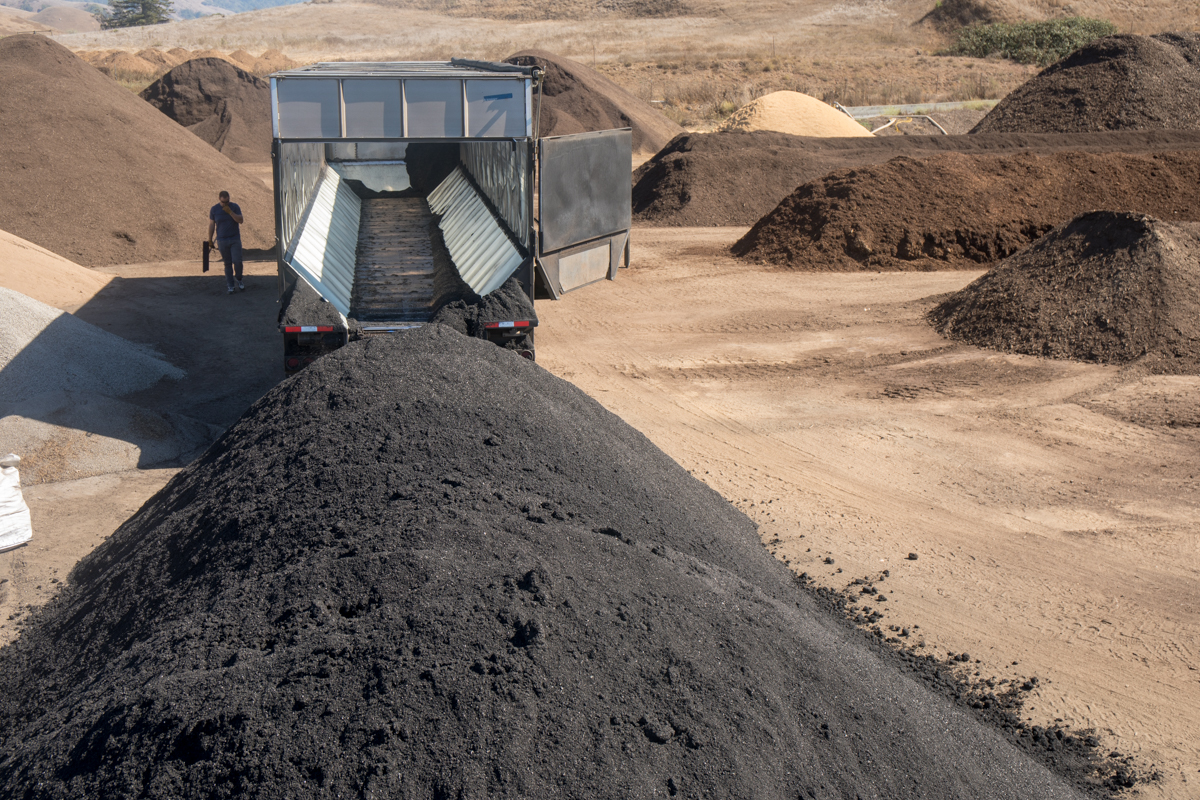Carbon Removal with Co-Benefits
Biochar carbon credits currently only quantify the net-removal and storage of emissions resulting from the biochar production process, not forest health (upstream) or soils (downstream), increased biodiversity, water savings in agriculture and other positive benefits. Here are some of the additional ecosystem co-benefits produced by biochar:
- Mitigating or reversing land degradation: IPCC’s Special Report on Land and Climate Change, published August 2019, lists biochar as a tool not only for climate change mitigation but for mitigating and reversing land degradation as well (Olsson et al, 2019).
- Soil health: Biochar amendments enhance overall health of a soil by improving physical, chemical, and biological properties that support plant and microbial growth (Guo, 2020). Resulting improvements in soil health can have positive influence even centuries after application (Glaser et al., 2001, Downie et al. 2011) .
- Crop yield: When biochar is applied to soils used for agriculture, an average yield increase of 15% to 26% can be expected according to recent meta-analysis of >100 field studies (Ye et al. 2020). Greater yield is key for farmer adoption, and also means that less land is required for producing the same amount of food or that more food can be grown on the same amount of land.
- Water conservation: Biochar can help conserve water used for crop production through dramatic improvements in water retention with coarse, sandy soils, and modest water retention improvements in medium textured soils. In fine textured clay dominant soils, biochar has not been found to improve water retention, but still results in water efficiency gains through improved water infiltration, the ability of heavy soil to accept the rain that falls, and by increasing the portion of water in soil that is actually available to plants (Razzaghi et al. 2019)
- Nutrient conservation: Biochar, like a charcoal filter, helps to hold plant nutrients in topsoil, resistant to environmental loss, yet available to microbes and plants (Liu et al. 2018, 2019, Borchard et al., 2019, Glaser et al. 2019). Reducing nutrient pollution of our water resources is a growing concern that biochar can help to address. Improving efficiency of fertilizers not only saves money, it conserves our precious resources.
- Greenhouse gas emission reduction from compost systems, particularly manure: A recent research review found biochar to be one of the top available strategies for reducing CH4 ER from dairy manure in California, noting that when biochar is incorporated with early stage manure compost a methane emission reduction of 41% is the mean (Strategies to Reduce Methane, Kebreab, 2021). Dairy manure is responsible for 25% of Californias methane emissions, representing about 30 MMTCO2e annually (Methane, Cows, and Climate Change: California Dairy’s path to Climate Neutrality, 2021).
- Forest health: Our initial focus is in the high fire hazard areas of northern California, where catastrophic wildfires wreak havoc and the excess biomass fuel loads of mis-managed forests needs a good home. Our biochar production provides utilization pathways for forest biomass generated during forest health improvement efforts. To help understand how our company’s biochar production goals are aligned with forest management, carbon drawdown, and drought resiliency, we developed the Big California Biochar Model, a valuable tool for looking at the big picture.



